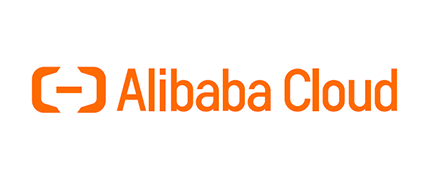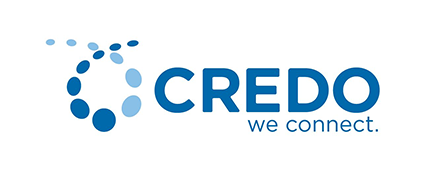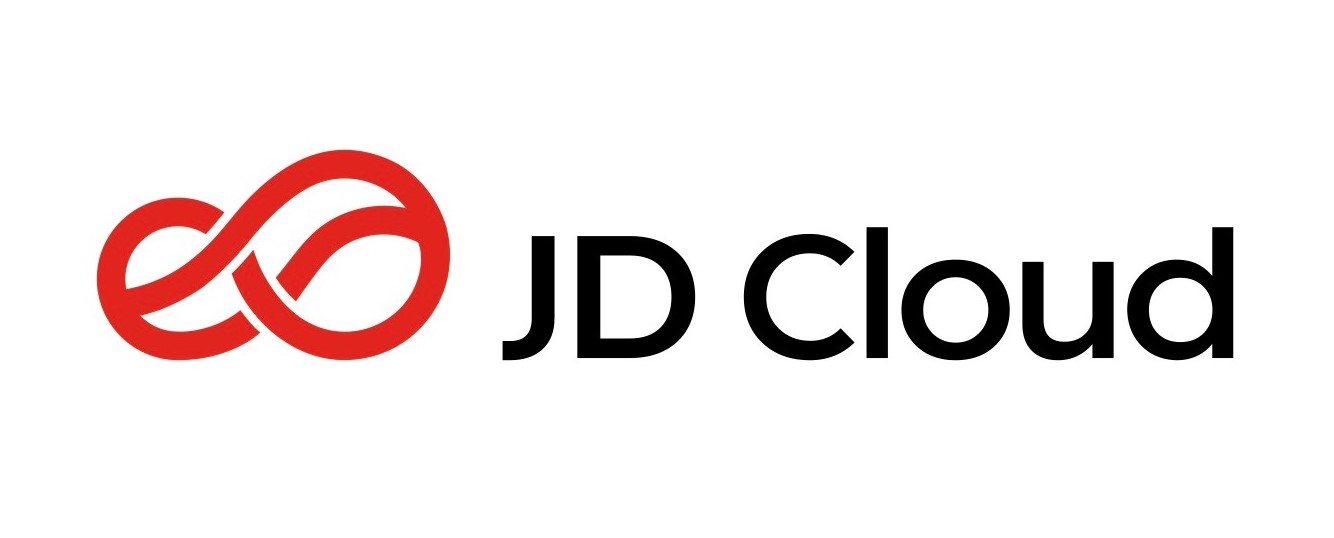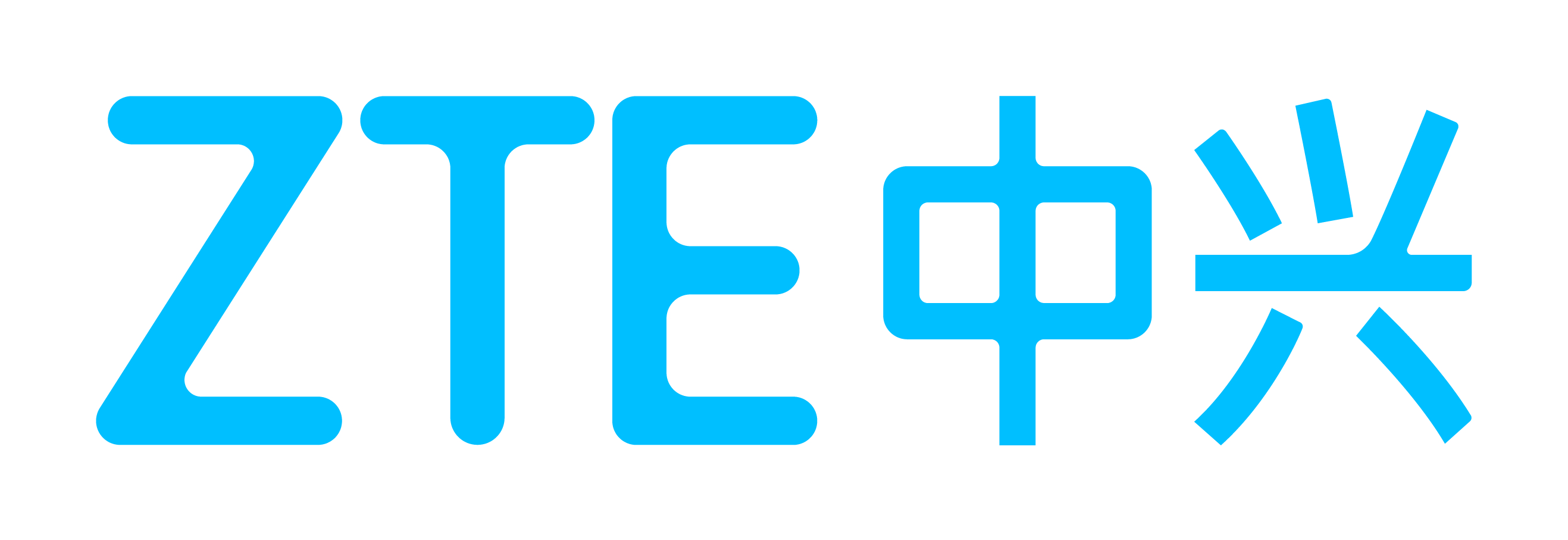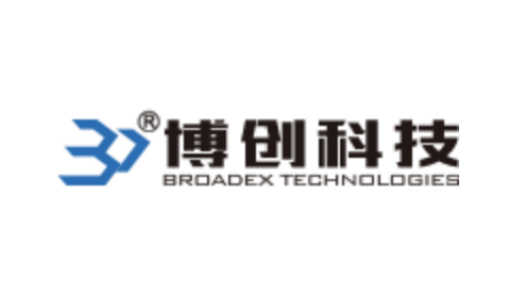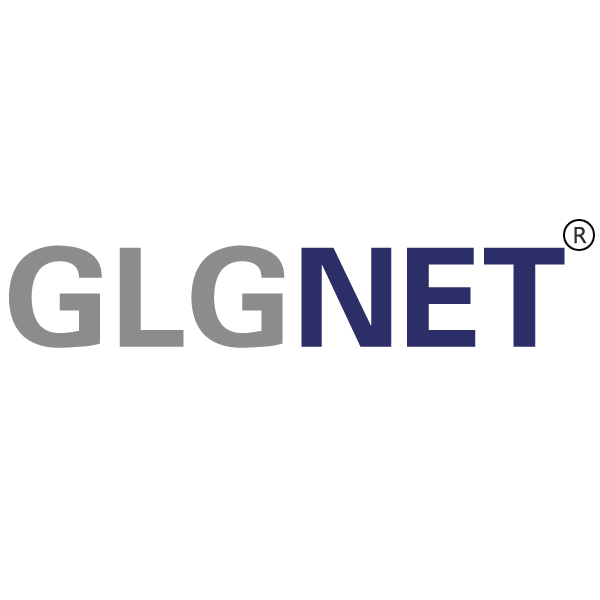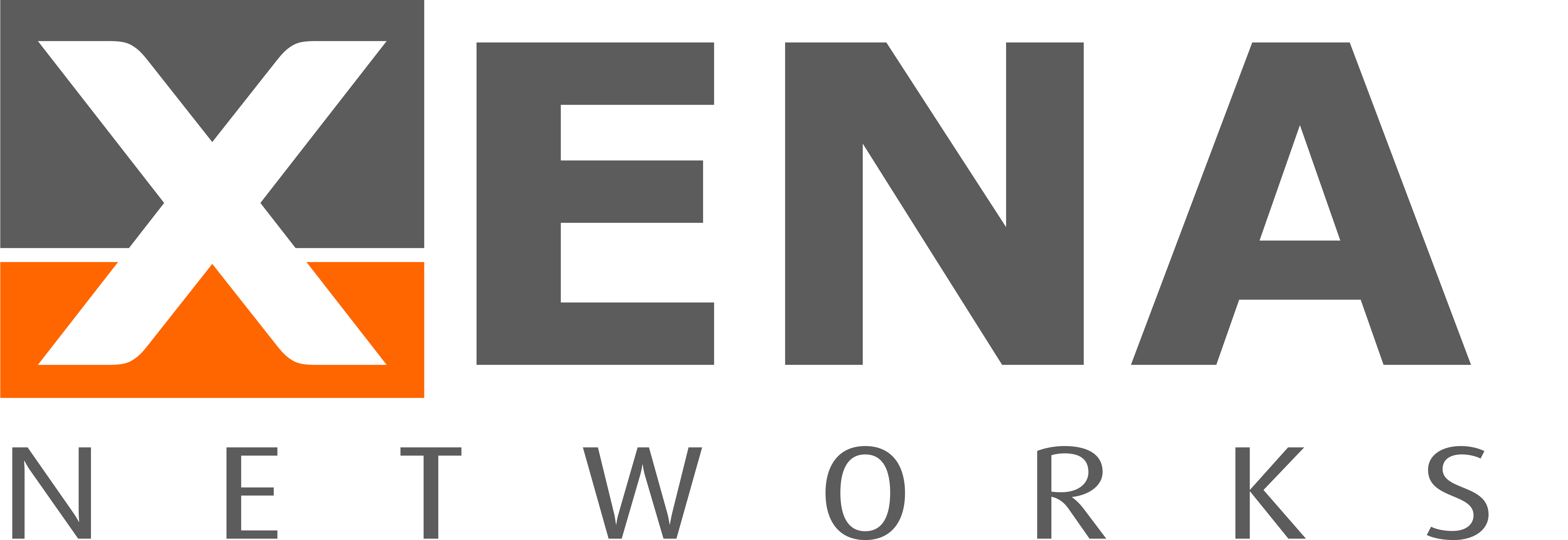Looking for the new qsfp-112800 1.0 specification?
Click Here to be redirected to the qsfp-112800 website!
About Us
As the demand for bandwidth grows, the need to the single lane speed in a QSFP is now coming to 112Gbps. QSFP112 is the module and cage/connector
system based on current QSFP, targeting to support the 112Gb/s per lane speed in a 4x lane QSFP system and to enable the QSFP 400G interconnect ecosystem.
This will greatly help the legacy QSFP users upgrade the link bandwidth to 400G per port with lower cost and shorter transition time.
The QSFP112 MSA will define the module and cage/connector form factor to support the 112G-PAM4 electrical and optical signaling, and the
increased high power consumption from various types of optical modules. The QSFP112 connectors and cages will be backward compatible with legacy QSFP 40G(4x10G),
100G(4x25G) and 200G(4x56G-PAM4) modules, including optical transceivers and copper cables. The QSFP112 modules will also be able to be accepted by QSFP-DD connector and cage.
The QSFP112 will be able to support both optical and copper interfaces, but those physical layer specifications will be done outside of the MSA specification as is
usual for form factor MSA specifications.
FREQUENTLY ASKED QUESTIONS
Q: Why do we need QSFP112 ?
A:
For the intra data center network, the evolution from 200G (QSFP56) optics to 400G (QSFP112) is naturally enabling the reuse of the existed fiber routings,
and avoiding the reconstruction for split-fiber routing when evolving directly to 800G.
QSFP112 is the most convenient and best cost-effective way to upgrade the intra data center
network bandwidth while keep the network architecture physically and logically same from 200G to 400G.
QSFP is easier to be handled for higher speed signal integrity and thermal challenges.
Adoption of 400G QSFP112 will leave a potential way for evolving to 224G/lane speed in the future.
Q: What are the differences of QSFP112 from QSFP28/56 ?
A: The QSFP112 is focused on the next generation of the QSFP family of connectors, cages and modules. It will focus on expanding the bandwidth by expanding individual line speeds to 112 Gb/s.
The hardware changes are anticipated to the specification for signal integrity performance and EMI consideration..
Q: Is QSFP112 backward compatible with QSFP56 and QSFP28 ?
A:Yes. The anticipated changes to the connector and cages will not have any
effect on backward compatibility to accept the legacy QSFP56 and QSFP28 modules,
including optical transceivers, active and passive copper cables.
Q: What are the key features of QSFP112 ?
A: QSFP112 will support the entire set of media and transceiver types prevalent in the networking
industry. For media this includes passive direct attached copper cables (DAC), multi-mode fibers
(MMF) and single-mode fibers (SMF). For transceivers and active copper or active optical cable assemblies, this includes those defined by Ethernet, Fibre Channel, and InfiniBand for 40 Gbps, 100 Gbps, 200 Gbps, and 400 Gbps. Further, backward compatibility with the legacy QSFP form factor is essential for industry adoption.



